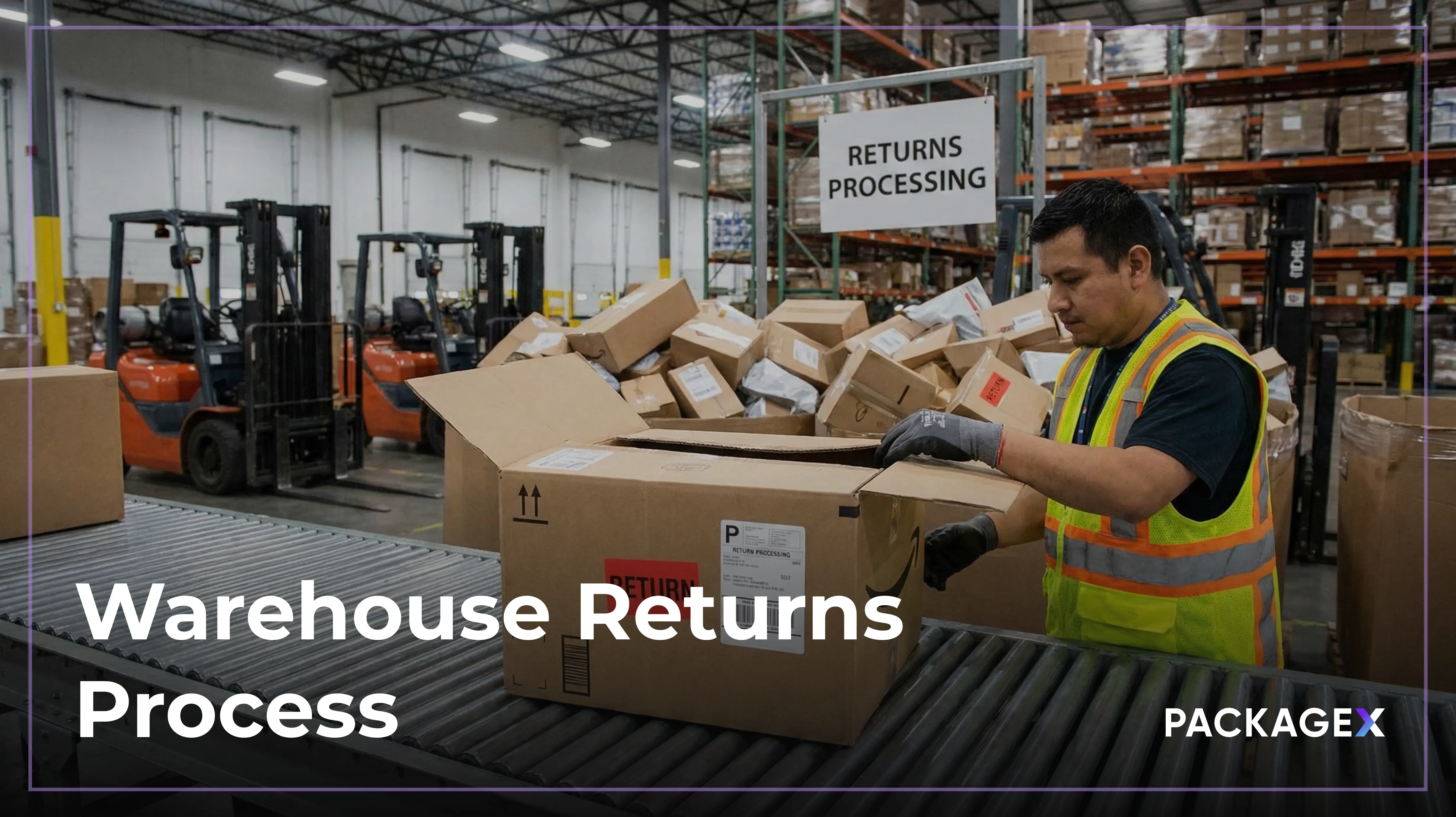Nobody wants to spend six months implementing software. Yet that's exactly what happened with traditional freight systems. Over time, things have changed dramatically.
Modern freight forwarding software can go live in just a few weeks. The difference comes down to how these systems are built and deployed.
The Problem with Old-School Systems
Remember those massive software rollouts from the 2000s?
Engineers would show up with servers, spend months configuring everything, and somehow still deliver systems that nobody wanted to use.
These legacy platforms tried to do everything. They had features for situations that might never happen. Meanwhile, basic tasks like tracking a shipment required clicking through five different screens.
Most freight forwarders ended up working around the software instead of with it.
Modern Software Actually Makes Sense
Today's platforms start with user experience. They look familiar because they borrow design ideas from consumer apps. Your team already knows how to use them.
Clean Interfaces
No more hunting through menus or memorizing keyboard shortcuts. Modern software puts the most important functions right where you expect them.
Cloud Setup
Installation happens in the background. Your vendor handles servers, security updates, and backups. You focus on running your business.
Mobile Ready
Your team works from phones and tablets. No more walking back to desktop computers just to update a shipment status.
Implementation That Actually Works
Here's how modern implementations unfold:
First Two Weeks
You and your implementation team map out current processes. Where do shipments get delayed? What causes the most customer complaints? This groundwork shapes everything that follows.
Data cleanup happens here too. Clean up customer records, standardize naming conventions, verify carrier information. Boring work that prevents headaches later.
Weeks Three and Four
Basic functions go live first. Shipment tracking, receiving, basic reporting. Advanced features wait until your team gets comfortable with the fundamentals.
User permissions get configured to match real workflows. Different roles need different access levels.
Testing Phase
Your actual staff runs real scenarios. They process shipments, handle customer inquiries, and generate reports. Problems surface during testing instead of after go-live.
Training happens role by role. Cross-dock workers learn different functions than managers. Everyone gets exactly what they need, nothing more.
Go-Live
Start with one location or department. Get that running smoothly before expanding. Most problems reveal themselves in the first few days.
What Makes Implementation Smooth
Automation Takes Over Busy Work
Modern systems use AI to read documents, extract data, and update records. Your team spends time on decisions that matter instead of typing information from one system into another.
Everything Connects Easily
Pre-built integrations link to accounting software, customer databases, and carrier systems. No custom programming required.
Systems Scale Without Drama
Handle more shipments, add more users, expand to new locations. Cloud architecture adjusts automatically.
Where Implementations Go Wrong
Feature Overload
Companies try to implement everything at once. This creates confusion and delays adoption. Start simple.
Forgetting About People
Technology works. People resist change. Spend time explaining benefits and involving staff in decisions.
Garbage Data
Bad information creates ongoing problems. Take time upfront to clean up records and standardize processes.
What Good Implementation Looks Like
Teams become productive within minutes of training. AI scanning happens automatically. Integrations work without custom development. Every feature serves a real operational need.
Most implementations finish in 2-4 weeks from start to finish.
Choosing Software That Works
Look for vendors who understand freight operations. The interface should feel intuitive during demos. Integration capabilities should match your existing systems.
Ask about implementation methodology. Good vendors have documented processes and track records with similar businesses.
The Bottom Line
Modern freight software transforms operations quickly when done right. Choose platforms built for daily use, not theoretical requirements.
Focus on user experience, seamless connections, and automation that eliminates manual work. When implementation works correctly, your team wonders how they managed before.
Frequently Asked Questions
How long does freight forwarding software implementation typically take?
Small operations usually take 2-4 weeks. Multi-location businesses might need 4-12 weeks. Compare that to traditional systems that took 6-9 months. Cloud infrastructure eliminates most setup time. Pre-built integrations handle connections to existing systems.
What causes most implementation problems?
Two things kill implementations: bad data and resistant staff. Clean up your records before starting. Get your team involved in planning decisions. Most technical problems are actually people problems in disguise.
Can small businesses handle this without IT staff?
Absolutely. Cloud-based systems manage themselves. Vendors handle servers, security patches, and software updates. Your team configures workflows and trains users. Technical complexity stays behind the scenes.
How much training do people need?
Front-line staff typically need 15 minutes to 2 hours depending on their role. Managers might spend 4-8 hours learning reporting and configuration features. Good software feels familiar from day one. Extensive training usually indicates poor design.
What happens when implementation fails?
Reputable vendors provide implementation guarantees and ongoing support. Most failures stem from poor planning or choosing the wrong software. Proper vendor selection and realistic expectations prevent most problems.
Do operations shut down during implementation?
Never. Modern implementations run parallel to existing systems. New software operates alongside current processes during testing. Go-live happens during quiet periods with minimal disruption. Complete shutdowns indicate poor planning.




